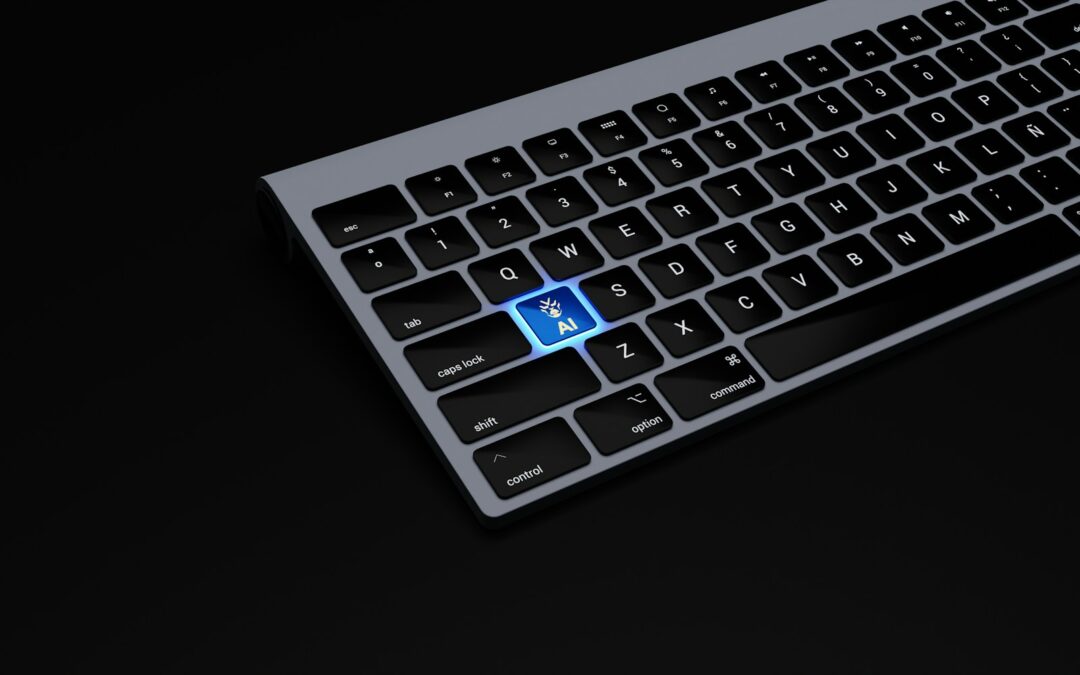The Critical Role of MFA in IoT Security
Enhancing Security through Multi-Factor Authentication in IoT Systems
Ensuring MFA usability in IoT environments is crucial for bolstering security and driving user adoption across various sectors, especially in rapidly evolving regions like Saudi Arabia and the UAE. As cities like Riyadh and Dubai continue to embrace smart technologies, securing IoT networks becomes increasingly important. Multi-Factor Authentication (MFA) serves as a cornerstone of IoT security, adding an essential layer of protection against unauthorized access to connected devices and sensitive data.
MFA requires users to provide multiple forms of verification before granting access to an IoT system. This could include a combination of something the user knows (like a password), something they have (like a smartphone), and something they are (like a fingerprint). By implementing MFA, organizations can significantly reduce the risk of breaches, as it makes it more difficult for attackers to compromise the system. The additional layers of authentication act as a barrier that safeguards critical infrastructure from potential threats, ensuring that only authorized personnel can access sensitive data.
However, while the security benefits of MFA are clear, its implementation must be balanced with usability. If the authentication process is too cumbersome, users may resist adopting it, leading to potential security gaps. Therefore, optimizing MFA usability is key to both improving security and encouraging widespread user acceptance in IoT environments.
Strategies to Improve MFA Usability in IoT Environments
To enhance MFA usability in IoT environments, organizations must focus on designing user-friendly authentication processes that do not compromise security. One effective strategy is the integration of biometric authentication methods. Biometrics, such as fingerprint scanning, facial recognition, and voice recognition, offer a seamless user experience by allowing quick and easy access without the need for passwords or additional devices. This approach not only streamlines the authentication process but also strengthens security by leveraging unique physical characteristics that are difficult to replicate.
Another strategy to improve usability is the implementation of adaptive authentication. Adaptive authentication assesses the risk level of each login attempt based on factors like location, device type, and user behavior. For low-risk scenarios, the system can simplify the authentication process by requiring fewer verification steps, such as just a password or a fingerprint. In high-risk situations, however, additional verification layers are triggered. This dynamic approach ensures that the MFA process is tailored to the specific context, reducing user friction while maintaining robust security.
Organizations should also consider the use of single sign-on (SSO) solutions in conjunction with MFA. SSO allows users to access multiple applications with a single set of credentials, reducing the number of authentication steps required throughout the day. When combined with MFA, SSO enhances security without overwhelming the user with frequent prompts for multiple authentications, thereby improving overall usability.
Overcoming Challenges in MFA Implementation for IoT
Implementing MFA in IoT environments is not without its challenges. One of the primary obstacles is the diversity of devices and platforms within an IoT ecosystem. Unlike traditional IT environments, IoT systems often consist of a wide range of devices, each with its own operating system and communication protocols. This variability can make it difficult to implement a standardized MFA solution that works seamlessly across all devices.
To address this challenge, organizations should adopt a flexible MFA framework that can be customized for different device types and communication protocols. Open standards, such as FIDO (Fast Identity Online), can play a crucial role in enabling cross-platform compatibility. By adhering to these standards, organizations can ensure that their MFA solution is compatible with a wide range of IoT devices, thereby simplifying implementation and improving usability.
Another challenge is the potential impact of MFA on user experience, particularly in environments where quick access to IoT devices is critical. For example, in industrial settings, delays in authentication could disrupt operations and lead to significant downtime. To mitigate this risk, organizations should implement MFA solutions that offer rapid and reliable authentication methods, such as biometric scanning or hardware tokens that can be easily integrated into existing workflows.
Finally, user education and training are essential for successful MFA adoption. Users must understand the importance of MFA in securing IoT environments and be comfortable with the authentication process. Organizations should invest in comprehensive training programs that demonstrate the benefits of MFA, address common concerns, and provide hands-on experience with the authentication methods being implemented. By fostering a culture of security awareness, organizations can improve user adoption and ensure that MFA is effectively integrated into their IoT environments.
The Impact of MFA on IoT Security and User Adoption
Enhancing User Adoption through Streamlined MFA Processes
Ensuring MFA usability in IoT environments is not just about enhancing security; it’s also about driving user adoption. For organizations in Saudi Arabia, the UAE, and other tech-forward regions, user acceptance of MFA is critical to the success of IoT initiatives. If users find the authentication process cumbersome or intrusive, they may seek ways to bypass it, potentially compromising the security of the entire system.
One way to enhance user adoption is by simplifying the MFA process. This can be achieved by implementing user-friendly authentication methods, such as biometrics or push notifications, which allow for quick and easy verification. Push notifications, for example, can send an authentication request directly to the user’s mobile device, where they can approve the request with a single tap. This approach minimizes disruption to the user’s workflow while maintaining a high level of security.
Furthermore, organizations can improve user adoption by offering a choice of authentication methods. Users may have different preferences or needs based on their role, environment, or device type. By providing options, such as biometric scanning, hardware tokens, or mobile app authentication, organizations can cater to a broader range of users and increase overall satisfaction with the MFA process.
Case Studies: MFA Implementation in Smart Cities
The implementation of MFA in smart cities like Dubai and Riyadh serves as a testament to the importance of balancing security and usability. In Dubai, the integration of MFA into the city’s IoT infrastructure has been instrumental in securing critical systems, from smart transportation networks to public safety initiatives. By leveraging biometric authentication methods, Dubai has ensured that only authorized personnel can access sensitive data, all while maintaining a streamlined user experience that encourages widespread adoption.
Similarly, Riyadh’s push towards smart city initiatives has seen the successful deployment of MFA across various sectors, including healthcare, energy, and logistics. The city’s approach to MFA usability has focused on adaptive authentication, allowing for a flexible and context-aware authentication process that adapts to the user’s environment. This has not only improved security but also minimized the impact on users, leading to higher adoption rates and more secure IoT deployments.
The Future of MFA in IoT Environments
As IoT continues to expand, the role of MFA in securing these environments will only become more critical. For businesses and governments in the Middle East, particularly in innovation hubs like Riyadh and Dubai, ensuring the usability of MFA in IoT deployments will be essential for maintaining security and driving user adoption. The future of MFA in IoT will likely see further advancements in biometric technology, adaptive authentication, and user experience design, making it easier for organizations to protect their IoT systems without compromising on usability.
In conclusion, ensuring MFA usability in IoT environments is a multifaceted challenge that requires a balance between security and user experience. By implementing strategies that enhance usability, such as biometric authentication, adaptive authentication, and flexible MFA frameworks, organizations can improve user adoption and secure their IoT deployments effectively. As demonstrated by the smart city initiatives in Dubai and Riyadh, a well-designed MFA system is key to protecting sensitive data and maintaining the integrity of IoT systems in an increasingly connected world.
—
#MFA #IoTSecurity #UserAdoption #Cybersecurity #SaudiArabia #UAE #Riyadh #Dubai #ArtificialIntelligence #Blockchain #GenerativeAI #ModernTechnology #BusinessSuccess #LeadershipSkills #ProjectManagement













